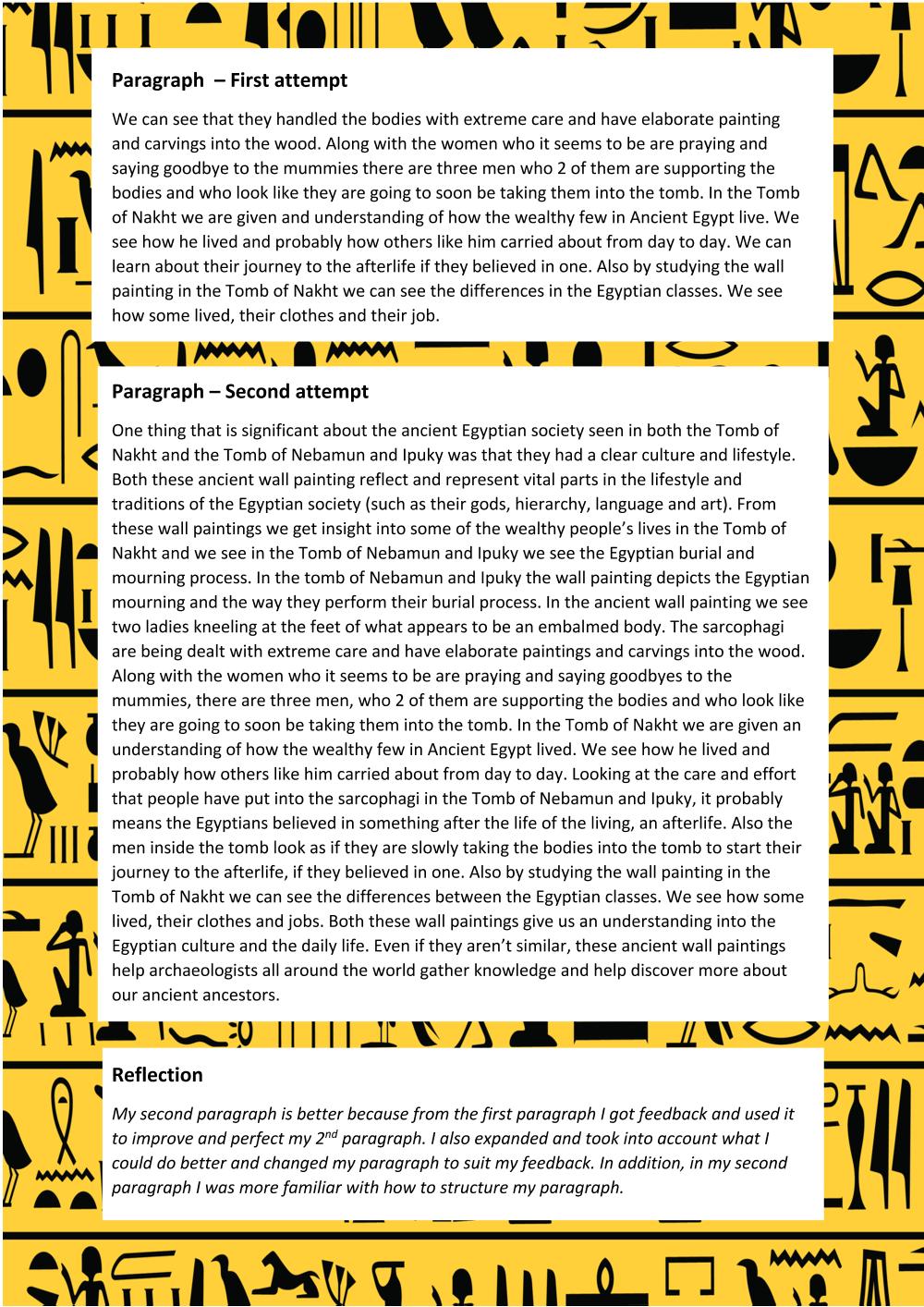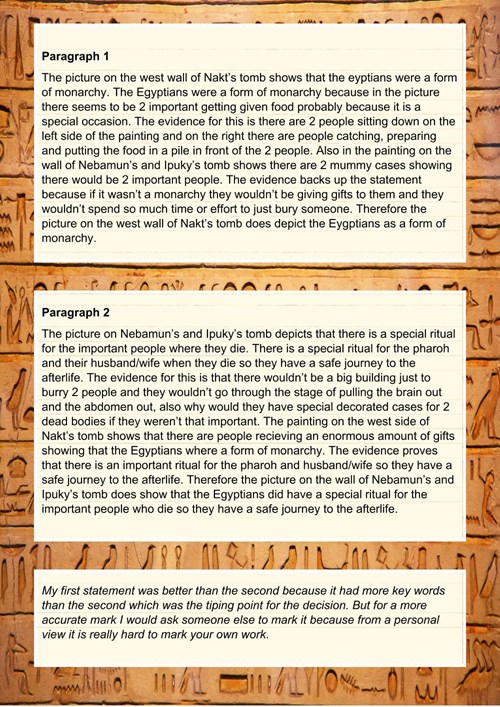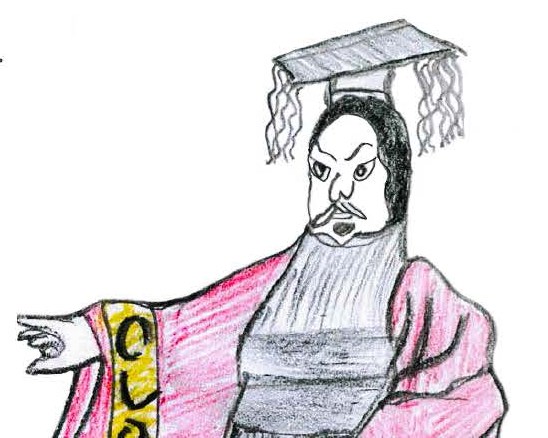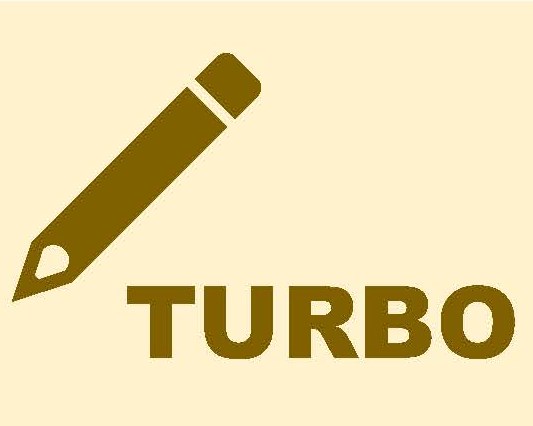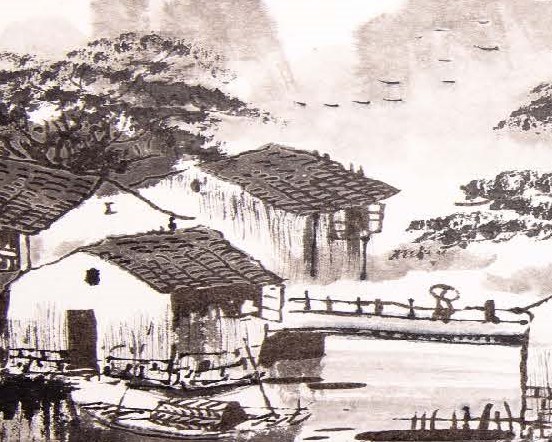By the end of Year 7, students explain the role of groups and the significance of particular individuals in past societies. They suggest reasons for continuity and change over time. They describe the effects of change on societies, individuals and groups and describe events and developments from the perspective of people who lived at the time. They identify past events and developments that have been interpreted in different ways. Students describe geographical processes that influence the characteristics of places. They explain interconnections between people and places and people and environments, describing how these interconnections change places and environments. Students identify the ideas, values and principles that underpin the institutions and processes in Australia’s political and legal systems. They explain the diverse nature of Australian society, and identify the importance of shared values in contemporary Australian society. Students describe the interdependence of consumers and producers in the market and identify factors and strategies that contribute to the financial success of businesses and individuals. They identify why individuals choose to work and the various sources of income that exist. Students recognise that people have different perceptions of places, events and issues and explain how this and other factors influence views on how to respond to an issue or challenge.
Students formulate significant questions and propositions to guide investigations. They locate and collect useful data, information and evidence from a range of primary and secondary sources. They examine sources to determine their origin, purpose and reliability and to identify past and present values and perspectives. They interpret and analyse data to propose simple explanations for distributions, patterns, trends and relationships, and evaluate and synthesise evidence to draw conclusions. Students sequence events and developments within a chronological framework, using dating conventions to represent and measure time. They organise, categorise and represent data in a range of appropriate formats using discipline-specific conventions. They make informed decisions by collaborating with others to generate alternatives, comparing the potential costs and benefits of each and developing and using criteria to make a reasoned judgement. Students reflect on their learning to propose individual and collective action in response to an issue or challenge, taking account of different factors and multiple perspectives, and predict the probable effects of their proposal. They present ideas, findings, viewpoints, explanations and conclusions in a range of communication forms that incorporate source materials, citations, discipline-specific terms, conventions and concepts.
By the end of Year 7, students explain the role of groups and the significance of particular individuals in past societies. They suggest reasons for change and continuity over time. They describe the effects of change on societies, individuals and groups and describe events and developments from the perspective of people who lived at the time. They identify past events and developments that have been interpreted in different ways.
Students sequence events and developments within a chronological framework, using dating conventions to represent and measure time. When researching, students develop significant questions to frame a historical inquiry. They identify and select a range of primary and secondary sources and locate, compare and use relevant information and evidence to answer inquiry questions. They analyse information and evidence to determine their origin, purpose and usefulness and to identify past and present values and perspectives. Students develop texts, particularly descriptions and explanations. In developing these texts and organising and presenting their findings, they use historical terms and concepts, incorporate relevant sources, and acknowledge their sources of information.
